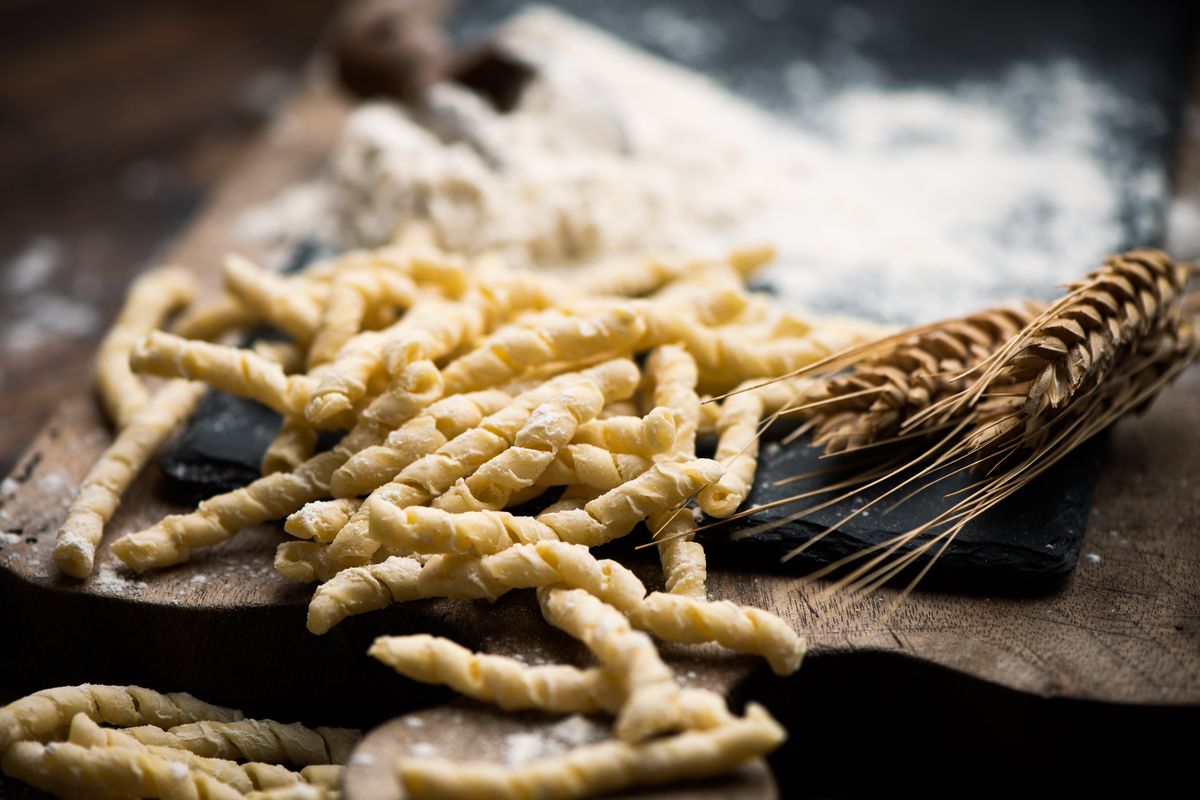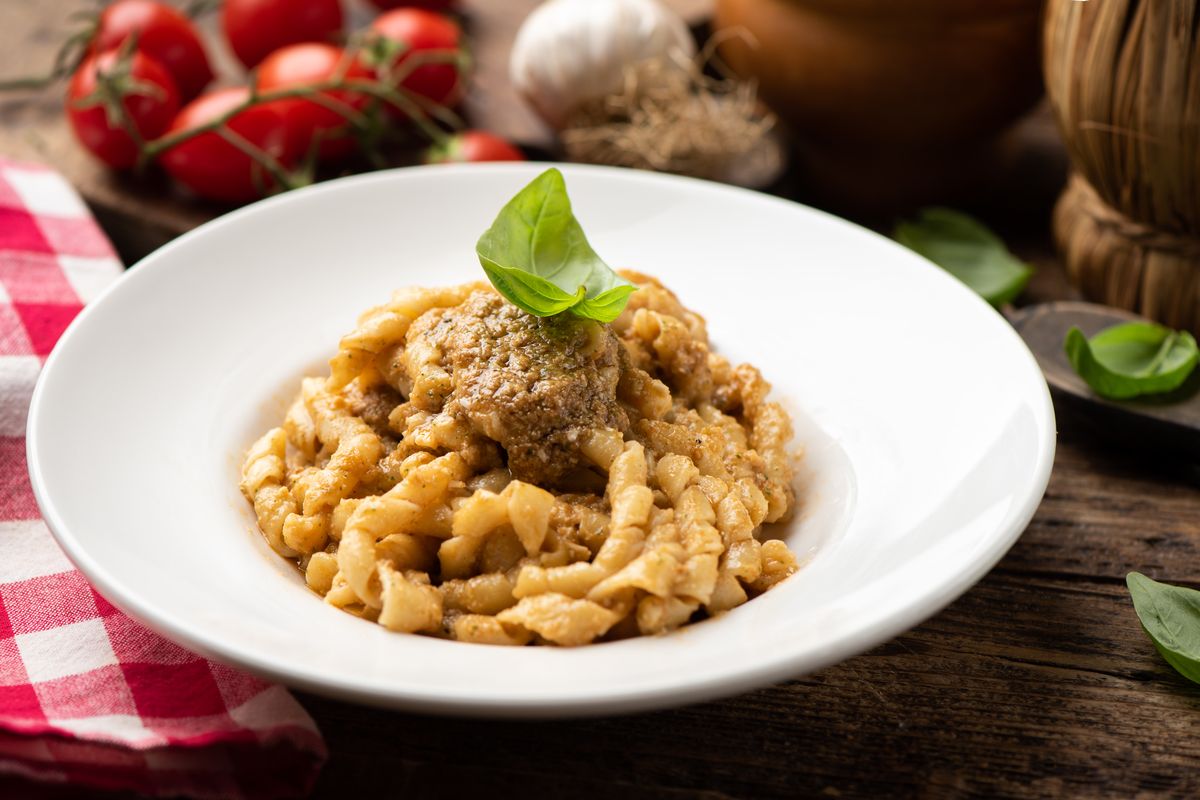Recipes
If you love homemade pasta you must try busiate!


Busiate are a typical Sicilian pasta shape. Here's how to prepare them with the original recipe and some ideas for the seasoning.
When it comes to pasta shapes , Italy certainly doesn't leave us empty-handed. From north to south they are almost infinite and each region, province and sometimes country has its own. When talking about Sicily it is impossible not to talk about the busiate of Trapani. This typical Sicilian recipe has a very ancient origin and can be traced back to when Trapani was a commercial port that welcomed Ligurian traders returning from the East. They are the ones who brought the Genoese garlic, then revisited with the flavors of the island.
Returning to the pasta format, however, various legends circulate about the origin of the term. Let's see better how they are prepared and everything there is to know behind the origin of the name.

How to prepare the busiate recipe
- Make a well in the flour on a wooden pastry board and add the warm water to the centre, a little at a time, kneading with your hands.
- Knead vigorously with your hands for about ten minutes, until you obtain a smooth and homogeneous dough. Wrap it in cling film and let it rest for at least half an hour.
- Now separate portions of the dough and work them with your hands to give them the shape of a cord of half a centimeter in diameter and as long as you like . This pasta shape is made both long and short, so you can decide which one to opt for by adjusting the length of the dough strings.
- Starting from one end, start rolling them around the buso (you can use a large wooden skewer ), giving it the characteristic spiral shape.
- Place the busiate on a floured work surface and let the dough dry on a tea towel before cooking.
And here is a video to better understand how to prepare the pasta, especially the step with the toothpick :
How to season Trapani busiate
Busiate are a pasta shape that welcomes the sauce in an amazing way. This is why they are often enriched with full-bodied condiments such as swordfish and cherry tomato sauce .
Easier to prepare and equally delicious, Trapanese pesto is the classic condiment of the dish. Alternatively, try the pistachio pesto and you will taste how delicious it is!
storage
This pasta can be kept raw for a few weeks , inside a clean cloth bag and away from heat sources. However, as regards cooked (and seasoned) pasta, we recommend consuming it immediately as soon as it is ready.
Because they are called busiate
One of the peculiarities of this pasta is the name, which however is closely linked to its typical helical shape . According to Sicilian tradition, in fact, the term busiate derives from the term buso . The buso would seem to indicate two particular objects with which this pasta shape was made.
In fact, the buso, or busa, indicates the stem of a typical plant of the region, the Ampelodesmos mauritanicus also known as "Disa", which some farmers used to tie together the bundles of ears of wheat. The dough cords were then wrapped around the branch and thus obtained the classic helical shape.
The second origin of the name , again to be traced back to the term buso, was to identify a traditional Sicilian knitting needle, around which the pasta was wrapped.
Riproduzione riservata © - WT












